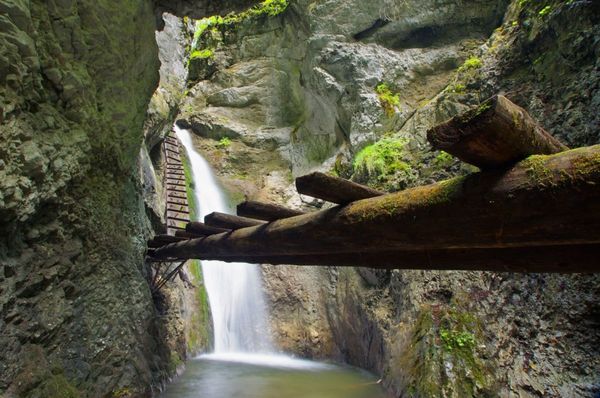On a sultry-hot summer day, nothing quenches the thirst quite as well as an ice-cold drink. Yet on those days when squeezing lemons for a lemonade seems like a drag and even the thought of a beer makes us dizzy, it is time for the golden oldies. They are sweet, they might even be fizzy, and they are eminently quaffable—get to know the history of Hungarian syrups and soft drinks!
Soft drinks, refreshers. Looking at the original meaning of the words, they imply something that refills our bodies and souls with energy. Ironically, these names are given to none other than syrups and carbonated drinks—while their sugar content does help us feel refreshed, it is the same reason why they are considered heavier than a glass of iced lemon water. Yet none of this matters when it comes to their popularity, since there never was and never will be a vacation or a picnic to which we have gone without them. I have a confession to make: whenever we hit the beach, we took a large vacuum flask and packets of Bolero drink powder. While this is clearly a more plain variety of the genre, the advantage of fitting into a pocket made powdered versions equally popular. Despite the fact that no one truly liked their taste, they fell in the same category as smoked-cheese lángos or cinnamon mini-doughnuts at the beach: it was part of the experience.
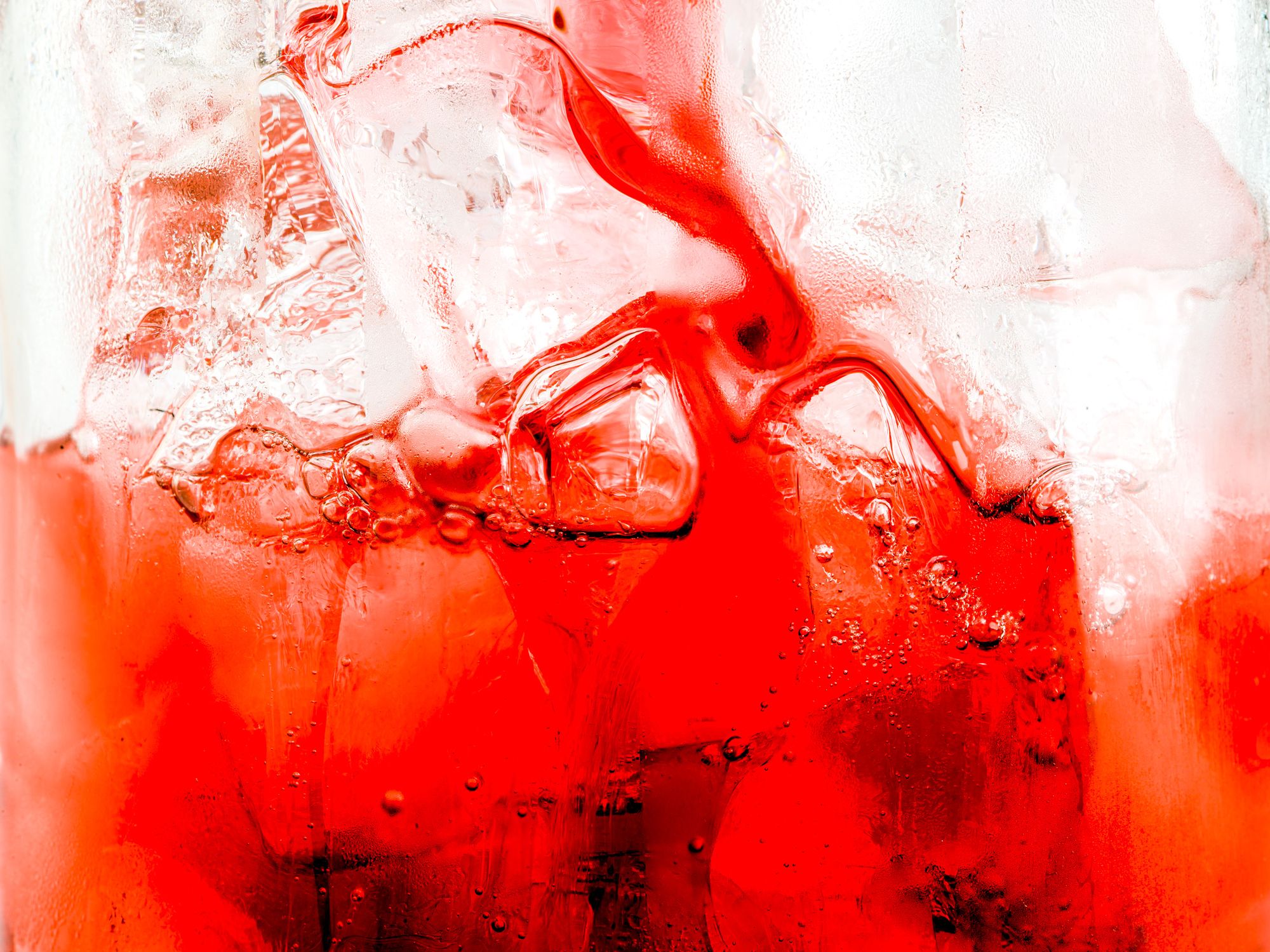
Heading back to less troubled waters, what one may dub as syrup is clearly set by the Hungarian Food Code: according to this, the product must have a dry matter content of at least 60% and a fruit content of 33%. I consider myself lucky as my grandparents used to make it at home (with a significantly higher fruit content). My grandma’s elderberry syrup is simply unbeatable, but I also have vivid memories of my granddad trapped the unsuspecting wasps thieving on his vineyard with a bottle of thick raspberry soda. Nevertheless, we also kept from the store-bought versions in the pantry. Our family was on team Piroska, but Szobi and Pölöskei had equal shares of the syrup fanbase of the 90s. All products of Hungary, Piroska for example has been manufactured in Nyárlőrinc since the very beginning. Their focus has always been on the classic berry syrups, which even to this day takes up 70-80% of their manufacturing capacity, and is said to be most refreshing mixed in a 1:9 ratio. And why the name? It’s simple: in the early years of manufacturing, export to the Middle East was rather significant, and the colleague responsible for the external trade was called Piroska. Her name was easy to pronounce, and she must have also been doing a great job, thus the product was named after her.
The origins of the name of Pölöskei are easier to find, as production started in the garage of the Bognár family in Pölöske in the year 1992, then after covering the entire region of Transdanubia by 1996, the product became available across the country by the 2000s. Regarding the taste variety, their offer is much more unusual, having created limited series of banana, cactus fig, or chewing gum flavored syrups. The tale of the Szobi syrup is a less cheerful one. The factory was established in 1967 in the town of Szob, and it guaranteed the livelihood of a large part of the town’s population, with around 800 people working at the production lines around the millennium. Later, after a convoluted series of ownership changes and the bankruptcy of the town, the workers tried to cut their losses, and invested their knowledge into jam-making, but alas it seems like it has all been in vain, and the company is destined for a slow demise.

Of course, it has never been all about syrups. For the enthusiast of the fruitier alternatives, a large selection of juices has long been available. Apple and peach have uncontested popularity, but the tropical fruit-infused multivitamin juices hold third place in the race. The most well-known perhaps is Sió, holding a stable market position since 1977. Back in the day, their juices were packed in 200 ml aluminum packets, generating tens of millions in annual sales. By the 80s a bottled version became available before they broadened their palette: in 1993 they introduced the Hohes C sub-brand and in ‘96 the 100% variety. The company’s headquarters are still located on the outskirts of Siófok, next to a hundred-hectare peach and apricot plantation. Their range of selection is huge, sometimes almost too large—for example the idea of consuming tomato juice as a refresher I will never be able to make peace with. And should we feel like tasting something else: in recent years new players have emerged on the market, such as Dér Juice or the Funky Forest, brands using local ingredients and natural techniques such as cold pressing, to harvest the most from the gifts of nature.
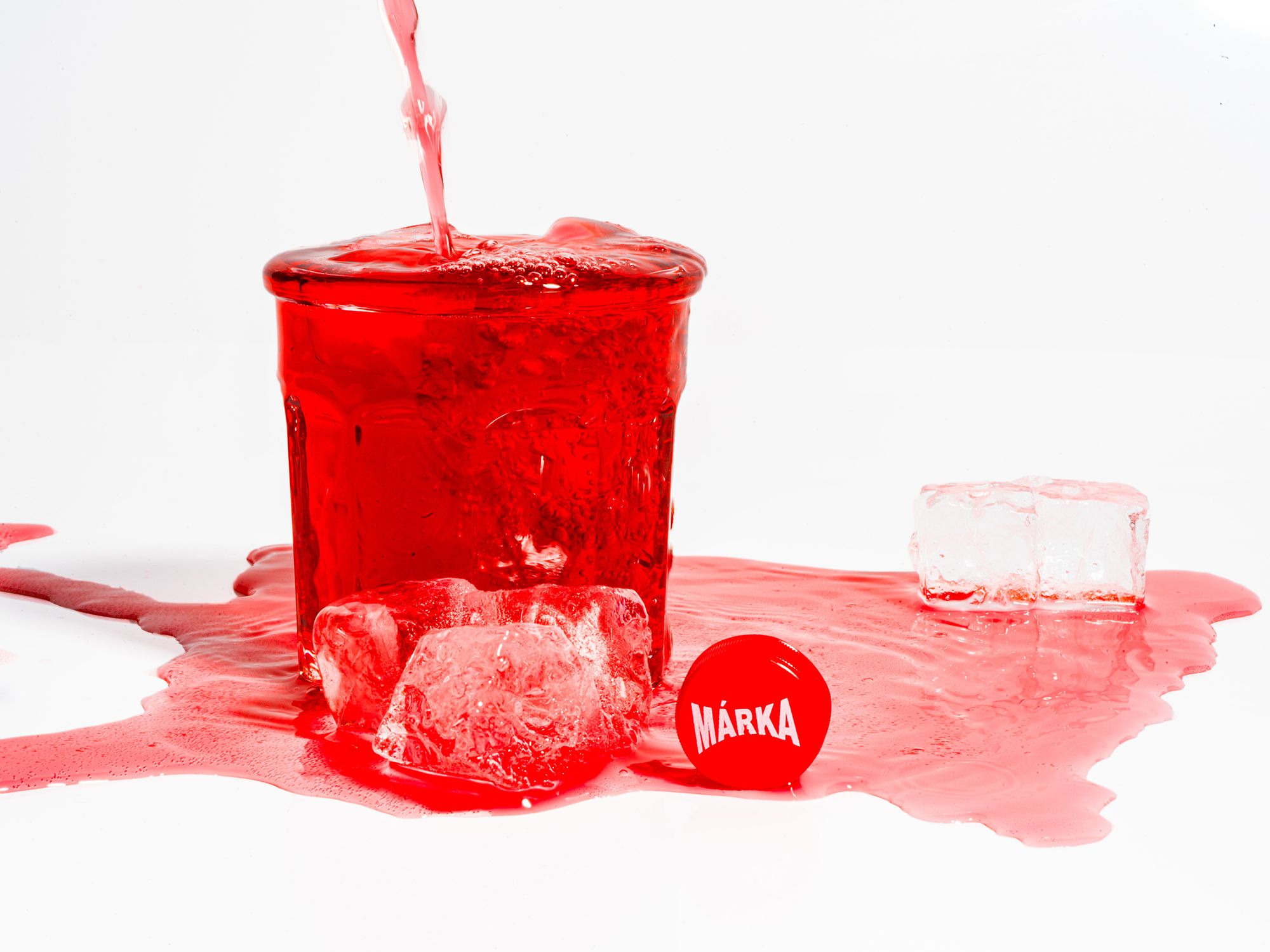
This is all well, but let’s be honest, sometimes all we need is a (more) sparkling experience. And the selection of soft drinks is practically infinite, whether we think of international brands of domestic varieties. During the years of Socialism, the benchmark of prosperity was the possession of western goods, or failing that, exact copies thereof. In practice, this worked in a way that in exchange for produce the country has bought entire production lines, recipes and necessary licenses, which years later, when all repayments have been duly made, became Hungarian property. Coca-Cola and Pepsi for example have come in concentrate form to the country during the 60s, with the rest of the ingredients being added to them locally: water, CO2, bottles—primarily catering for foreign hotel guests. This was, nevertheless, more complicated than it sounds, as the commissioned glass factory of Kecskemét couldn’t keep up with the pace. Still, Quick, Vital Cola, Sztár and several other versions rolled off the factory lines and hit the stores of the region. Naturally, every country had its own favorite, like the Kofola, most popular in the Czech and Slovak markets: made from 14 different kinds of natural ingredients, such as apple, cherry and currant extracts as well as sugar, caramel and various herbs. Its recipe was invented back in the 60s while looking for an alternate use for the surplus caffeine, the byproduct of coffee production.
And who wouldn’t know Traubi, Márka or Bambi? These products were abundant in every grocery store, pub or corner shop. Traubisoda made from real stum was introduced in 1971 and was considered a high-grade product due to its high fruit content, however, its license was owned by the Austrian company, Lenz Moser. Due to the high consumption levels, it became urgent to create a truly Hungarian brand, which puts less strain on the economy. Thus, true to its name, the beverage line entitled Márka—which stands for ‘brand’ in Hungarian—was created by the Trust of Wine Companies. Thanks to its substantial success, the brand expanded during the 2000s, introducing three or four new taste varieties, which has garnered the attention of both regular consumers and curious young customers.
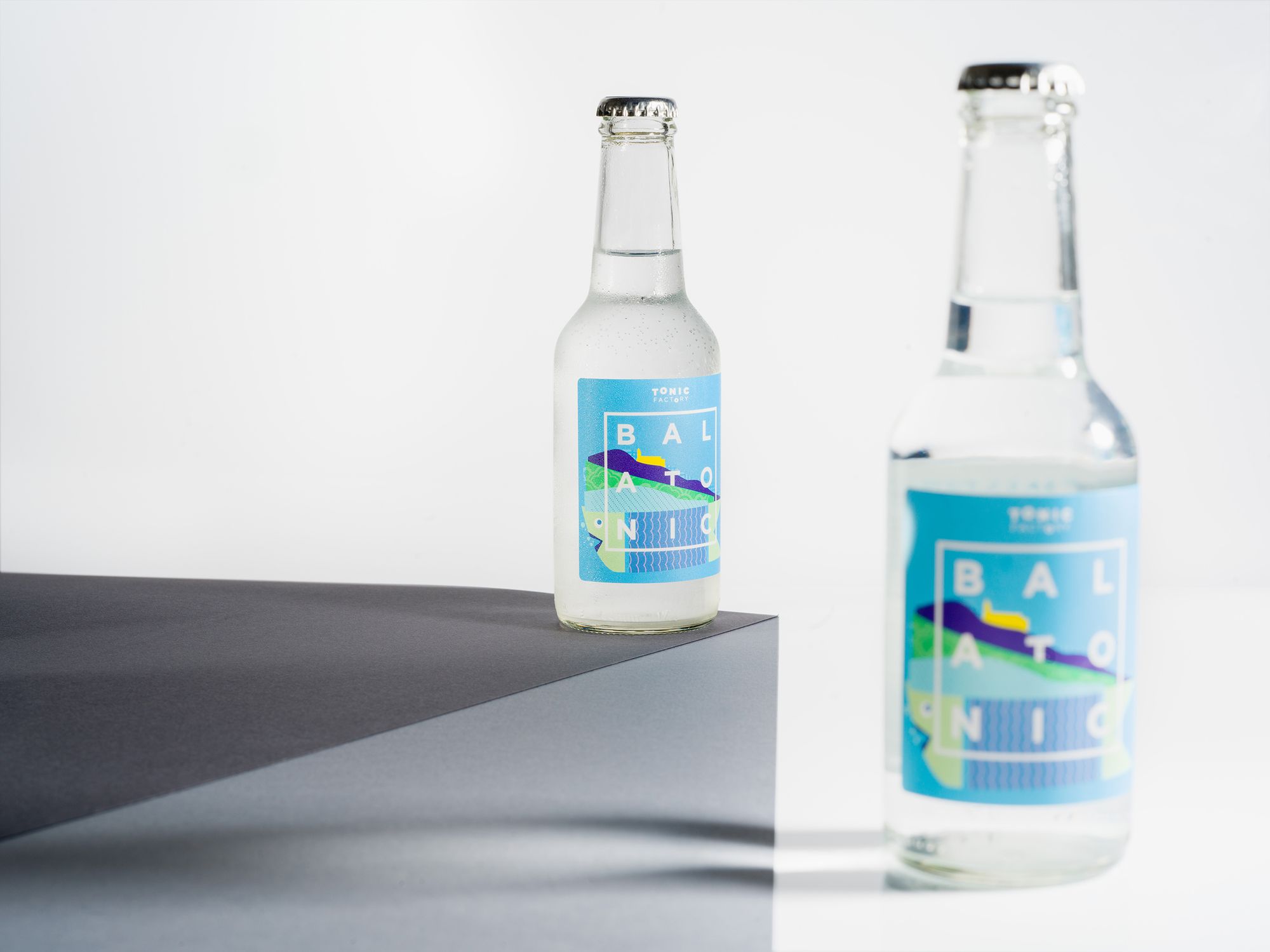
Bambi, however, is a fairly different story, getting a debut much earlier, getting bottled first with its classical orange flavor in 1947, which was later followed by punch and forest fruit versions. It was an all-around favorite, regardless of social class, especially after getting referenced in popular culture with the 1959 song of the singer Eszti Kovács: “Oh I enjoy the beach so plenty, / All’s so beautiful and so dandy, / Everything I see or hear is merry / And even Bambi bottles are handy!”. Although rumor has it that its decline was caused by the Metropolitan Mineral Water and Ice Company starting to bottle Pepsi which swept the orange drink off the market, the explanation is much more simple. By the 70s Bambi had simply gone out of fashion, which was probably accelerated by the occasional tinge of tar of the beverage (supposedly caused by the orange oil going bad—the Ed.). This is why the news of the brand’s return has come out with a bang: this time it is produced with all-natural ingredients, using pure spring water, and with a 7-day fermentation process, available in four different tastes, as a type of a craft drink. Its modern, exuberant branding could easily turn our heads, so it’s just fortunate that there are plenty more domestic brands to choose from: this summer might be the perfect time to try a bottle of Balatonic or a Tikkadt Szöcske aka. a Parched Grasshopper.
Photos: László Sebestyén | Web | Facebook | Instagram
Source: Hogyan Készül, Magyar Narancs, G7, Forbes, Sóbors, Index, Food&Wine

Eastern Europe's favorite tea brands | TOP 5
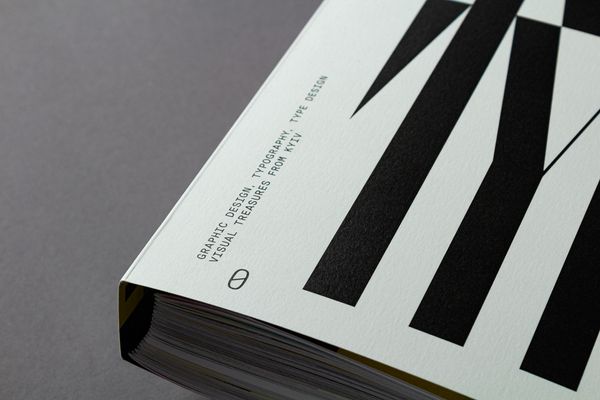
Kyiv in the language of typography | KYIV TYPE
